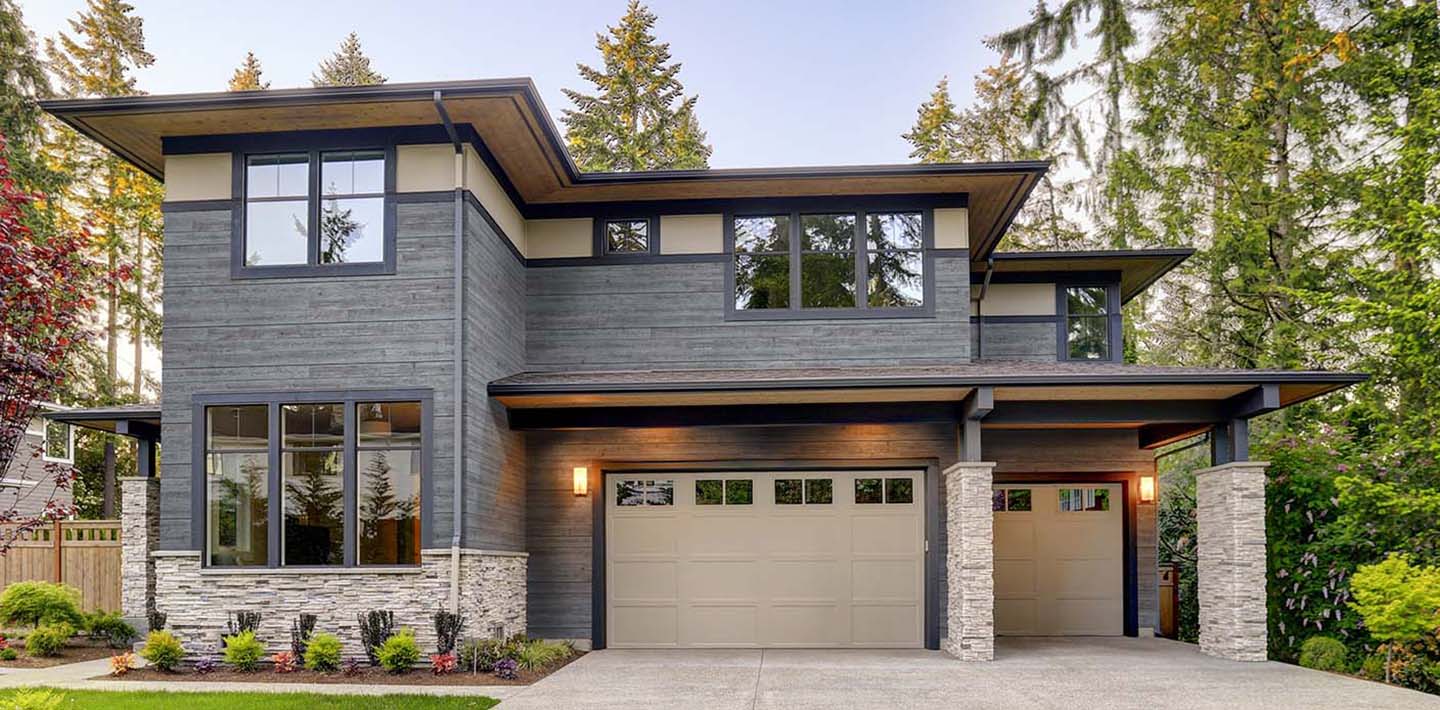
How to Maintain Wood Siding
Posted 3/17/2022 by Amanda Hall
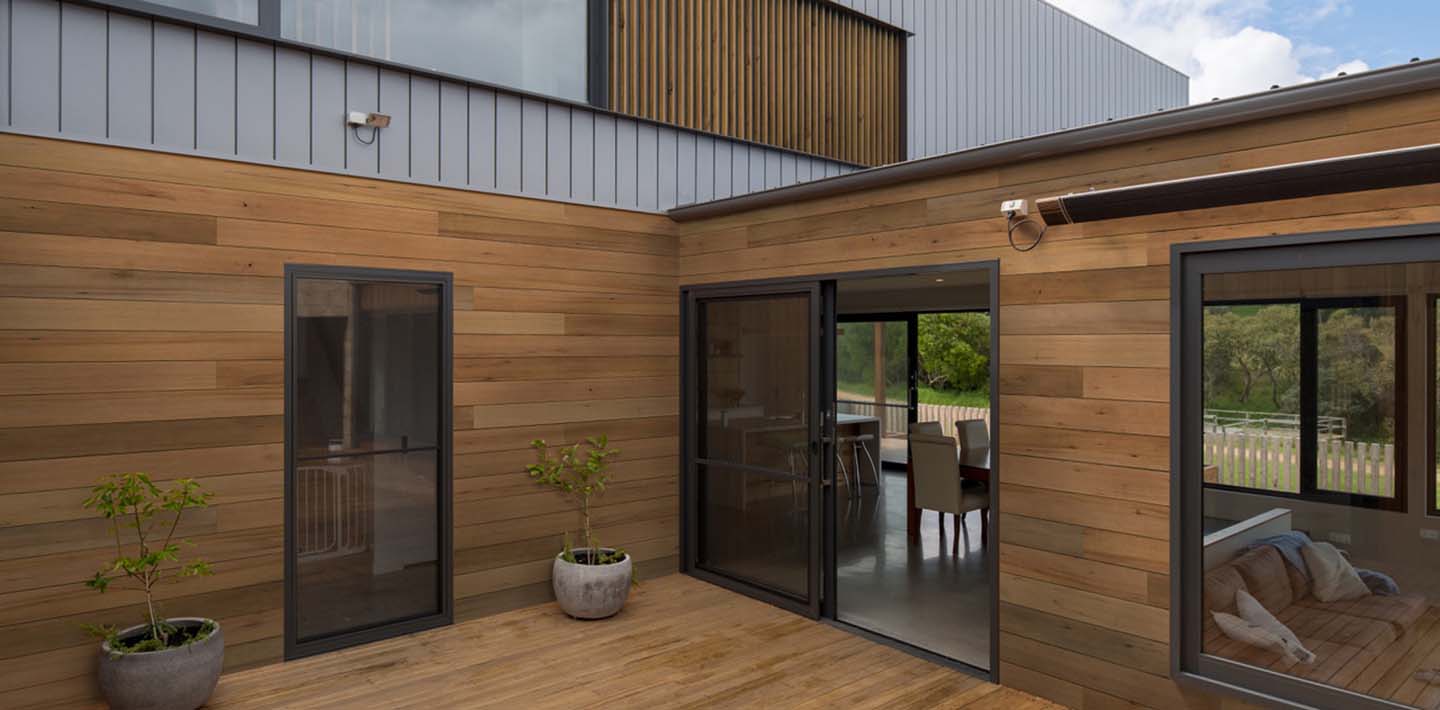
Of all the types of siding, wood siding offers the highest aesthetic appeal. It has natural beauty, a native insulation factor, and is the world’s most renewable resource, which makes it a top candidate for wrapping homes and creating exterior accents. But it is not for the negligent. All wood siding will take effort to maintain, but it can have tremendous pay-off in the look and feel of your exterior for years to come. Avoid extra costs in repairs by following these care and maintenance guidelines for your wood siding.
Care and maintenance guidelines for your wood siding.
1. Choose a quality sealer
As expected, wood will expand and contract with changes in humidity and temperature. Left unprotected, wood is susceptible to rot and decay from excess moisture. To avoid this, wood siding must be properly finished in a paint, stain, or clear sealant. Even if the wood comes prefinished, like our Thermally Modified Wood Collection cladding, which is naturally rot resistant, you may want to add a clear wood sealer to help prolong the finish.
2. Avoid additional moisture from soil and sprinklers
To prevent moisture and insects from infiltrating your wood, make sure that soil is at least 8 inches below the bottom of your wood siding. If your lawn has a sprinkler system, you’ll want to keep sprinkler heads from spraying your wood siding, especially if they point upwards and can get under the edges.
3. Check your home’s ventilation
To keep moisture from getting behind the siding, make sure that you check your attic ventilation and make sure your indoor humidity is around 65-percent or lower. If you live in an area that is prone to ice damming, you may consider installing roof heat tracing wires to prevent ice buildup and water from getting behind your siding.
4. Keep it clean
How often you clean your wood siding will depend on where you live and the weather conditions; areas with higher amounts of humidity will be more prone to mildew. We generally recommend washing your siding at least once every two years.
Dirt
Cleaning your wood siding with warm soapy water and a soft-bristled brush will help it last longer and maintain a fresh look free from dirt and mildew. Dirt is a common cause of discoloration and a simple wash starting from the top of your siding down to the bottom can make a huge difference in appearance.
Mildew
Depending on the amount of mildew present on your siding, you may need to mix a solution of one part bleach to four parts water to scrub areas with an overgrowth of mildew. Make sure to rinse the solution off your siding with water, wear protective eyewear and gloves, and prevent the mixture from spraying on any nearby plants.
Rust
If you don’t use galvanized nails during the installation, it’s more likely that rust stains may appear in dark, vertical streaks across your siding. To remove the rust stains, dissolve 4 oz. oxalic acid in 1 cup warm water. Gently scrub stains with a soft bristle brush. Wear protective glasses and gloves and avoid the solution from splashing anything adjacent.
Power washing
Power washing can be very effective, but you’ll want to proceed with caution when power washing your wood siding. A powerful stream of water can strip paint, loosen caulking, and leave gouges in the wood. For power washing wood siding, you’ll want to use 1,200 to 1,500 psi and a 25- to 30-degree wide spray nozzle for dispersing water over a wider area with less force.
5. Refinish with paint, stain, or clear sealant
The amount of UV exposure will be the biggest factor determining when you’ll want to refinish your wood siding. Wood will start to turn gray naturally, and if you’re not looking to achieve a weathered cedar look like a lot of New England style homes, you’ll want to refinish it every 3 to 5 years.
Our prefinished Thermally Modified Wood Collection boards have a two-tone factory prefinish that is hard to replicate in the field, but a back-brush technique will be the closest match. The finish on our Thermally Modified wood cladding can last up to 10 years without painting with moderate weather conditions and if a clear sealant is routinely applied (every two to three years).
For more information on our Thermally Modified Wood Collection, see our weathering care and maintenance document.
Annually inspect your exterior
Wood siding is one of the most beautiful types of siding on the market, but it requires a bit of maintenance. To make sure paint isn’t peeling and caulk isn’t deteriorating, do an annual inspection of your exterior. Walk around your home and analyze the quality of your exterior so you can catch any small areas of concern before they become larger, more expensive ones. Although wood siding takes more effort from the homeowner, your curb appeal has higher value.
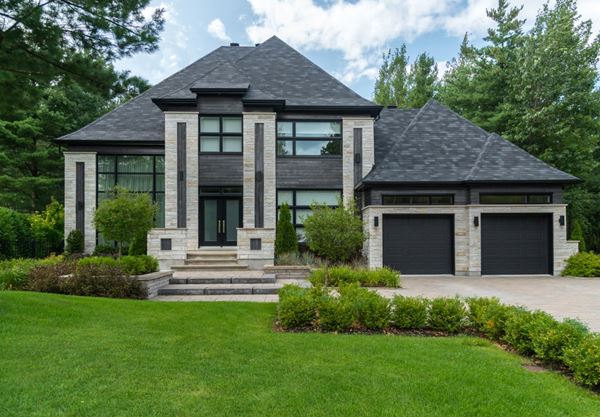
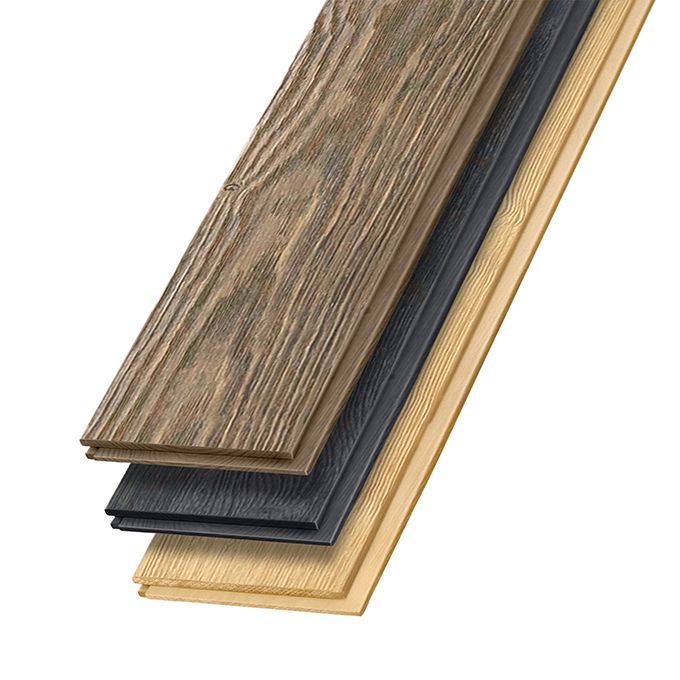
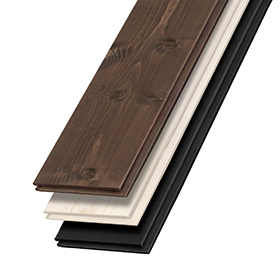
.jpg?h=680&iar=0&w=680&sc_lang=en&hash=C30D22162AF96907A51B436E08EA83D2)
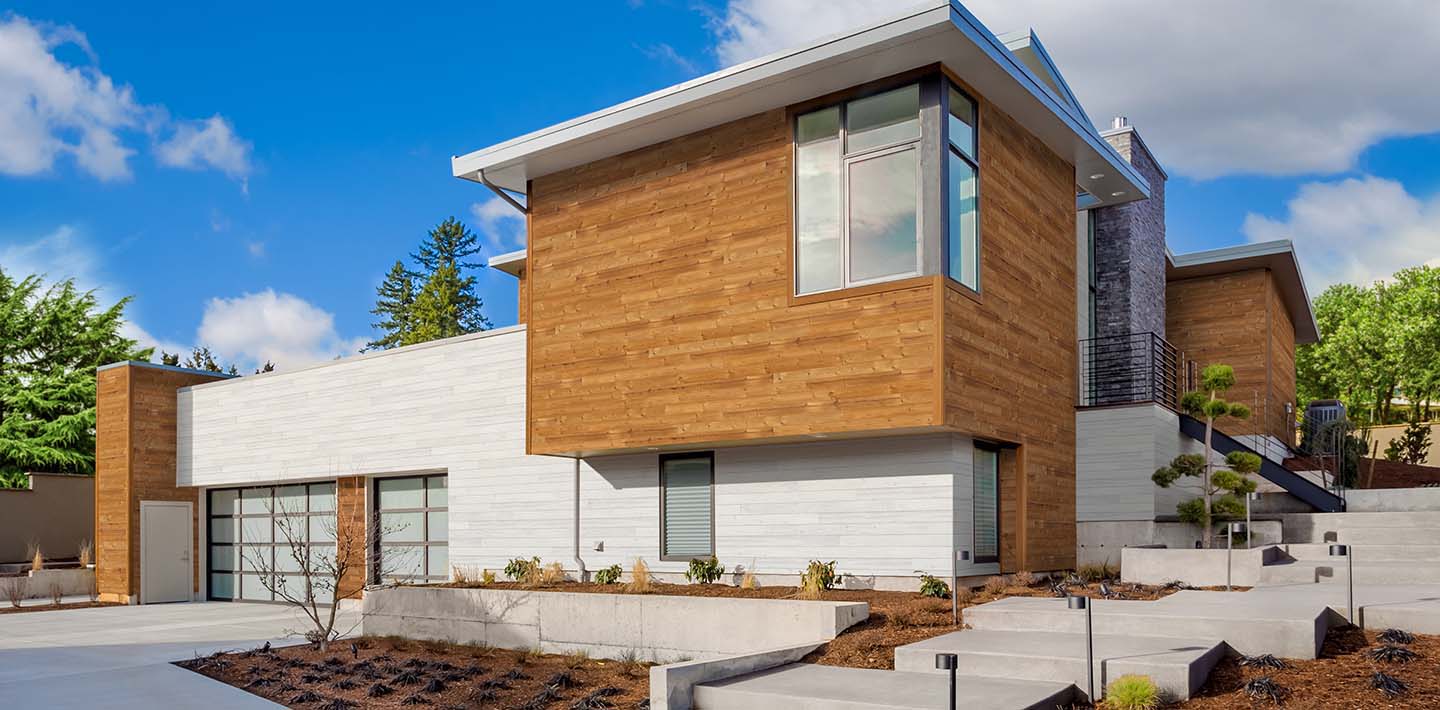
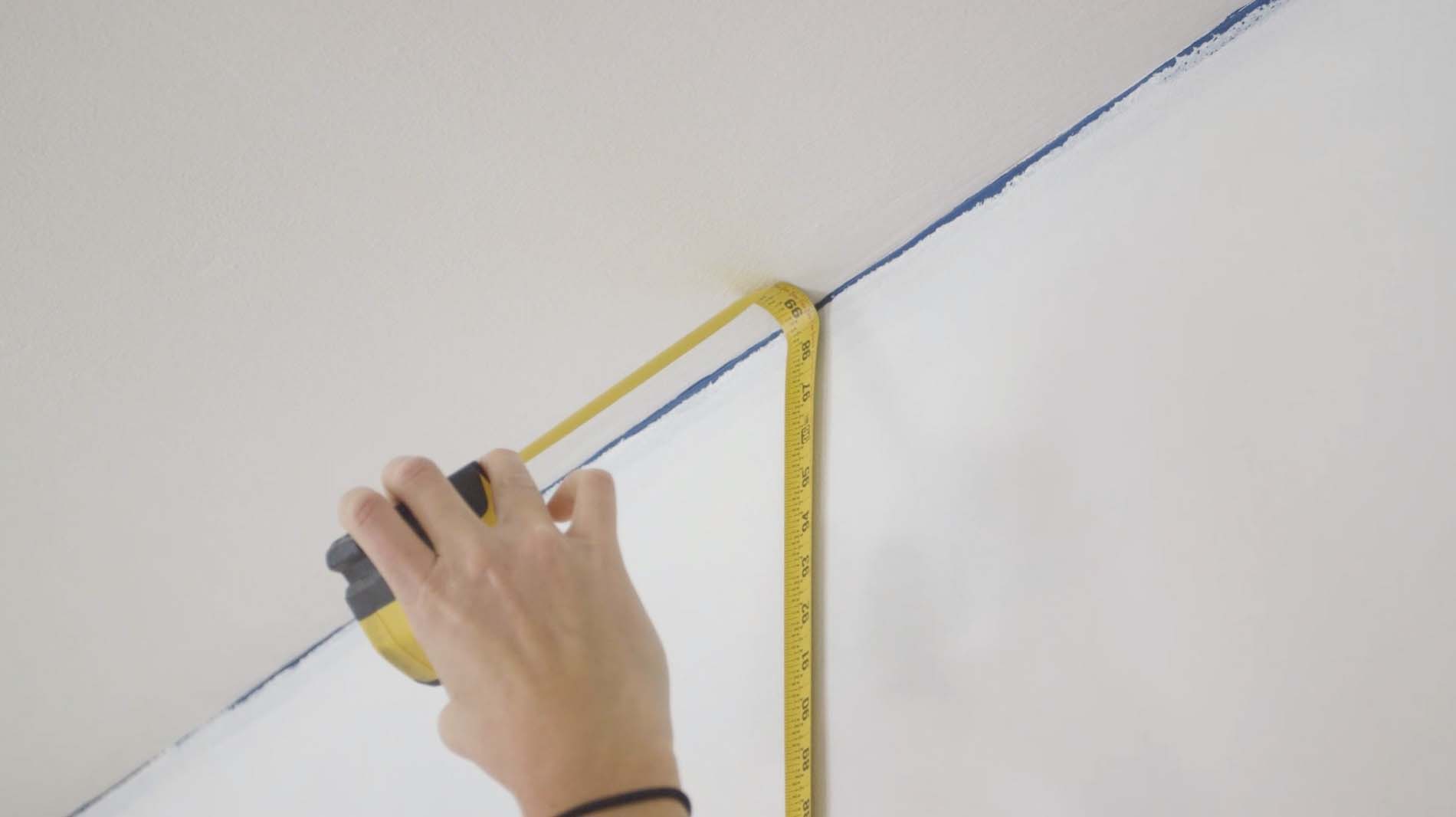
.jpg?h=711&iar=0&w=1440&hash=F5E8F5E89E9AEC468D57AD8765D962E0)
